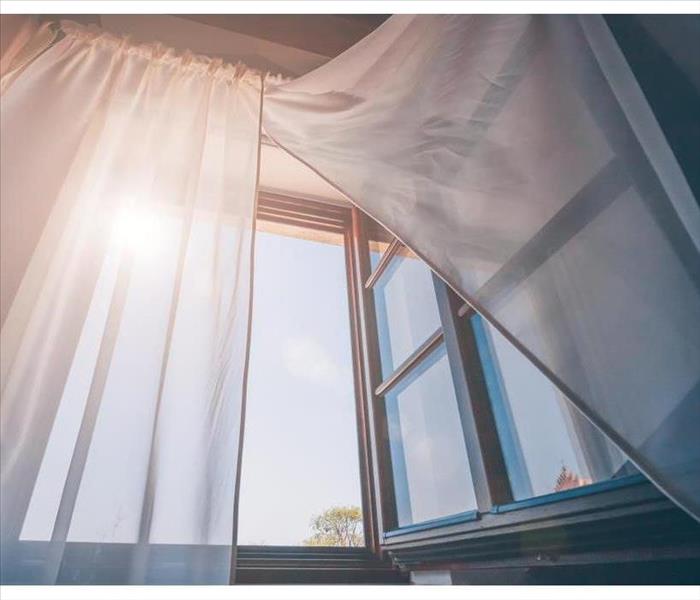Mold Prevention
9/10/2019 (Permalink)
The aftermath of a flood can be a trying time. Dealing with the loss of precious memorabilia, important documents or a ruined heirloom can be overwhelming. Flooding also results in potential dark water penetrating the home, as well as creates the perfect conditions for mold growth.
Keeping Mold at Bay
After the water subsides and it is safe to begin cleanup, there are some key steps to help avoid the added hassle of mold removal.
If humidity levels are lower outdoors, open windows and doors to air out the home.
Remove any debris and or items that have been in contact with flood waters, including furniture, clothes, drywall, carpeting and rugs.
Dispose of porous material difficult to clean, such as mattresses or stuffed animals.
Don’t leave any standing water or saturated carpets.
Employ heavy-duty fans and humidifiers to assist the water evaporation process.
Using a disinfectant, clean any area or item that can in contact with flood water.
How Quickly Can Mold Form?
When it comes to any form of water damage, quick action is the best defense against mold growth. Within two days of exposure, the microorganisms that can turn into the annoying fungus are just part of life. If they have nourishment from water and organic materials—the many porous materials in a home like wood, dry wall and insulation—and a steady temperature, they can quickly colonize.
Once that happens, spores can develop within a couple of weeks. Those spores eventually begin floating into the air and finding a new home to create a new colony within hours. After that, it has a continuous life cycle that can become more than just a hassle to deal with.
While avoiding mold is key, if there is mold growth, it can be eradicated. Whether there is a little or a lot, a professional in Fallbrook,CA can provide the assistance and removal services needed to get your home back to normal.






 24/7 Emergency Service
24/7 Emergency Service
